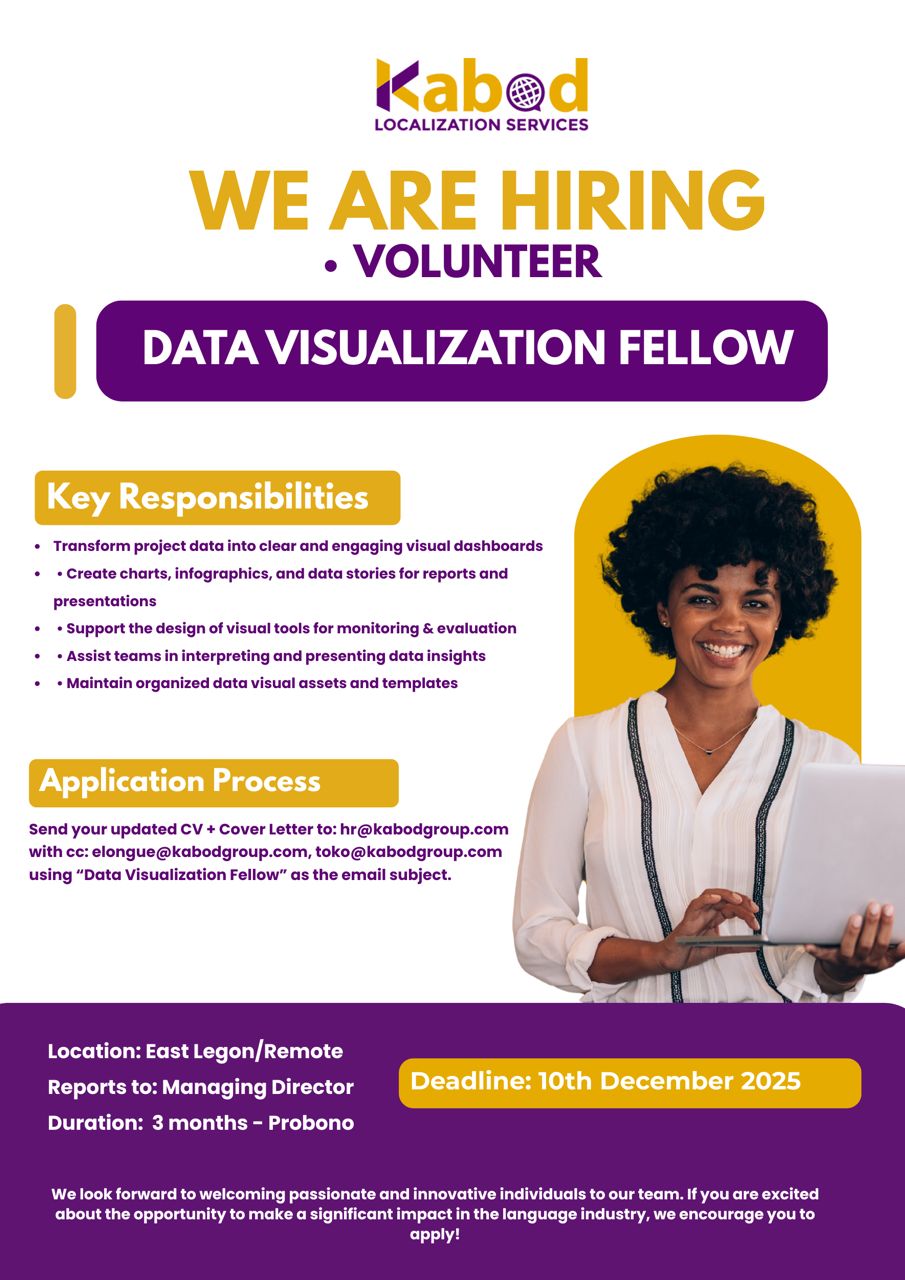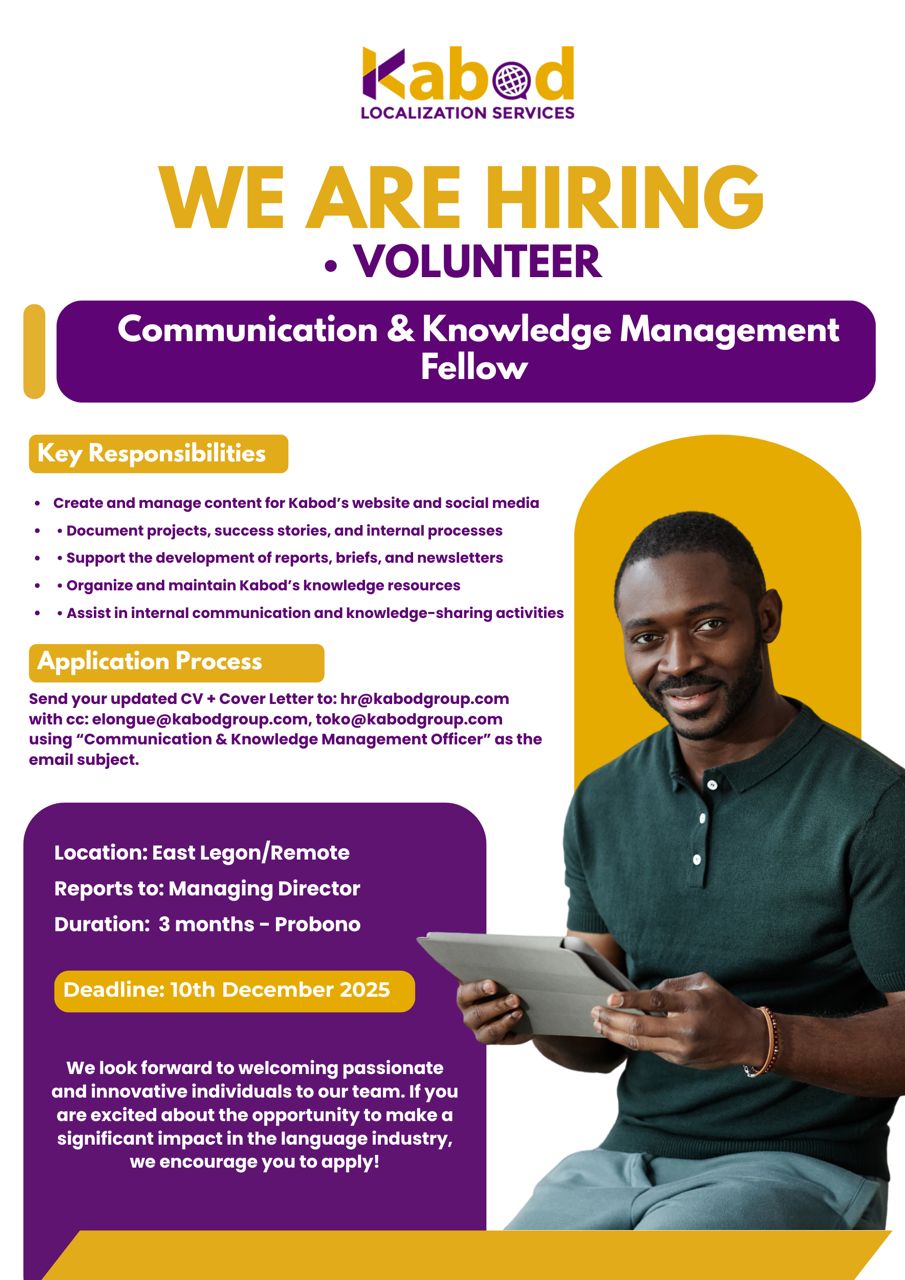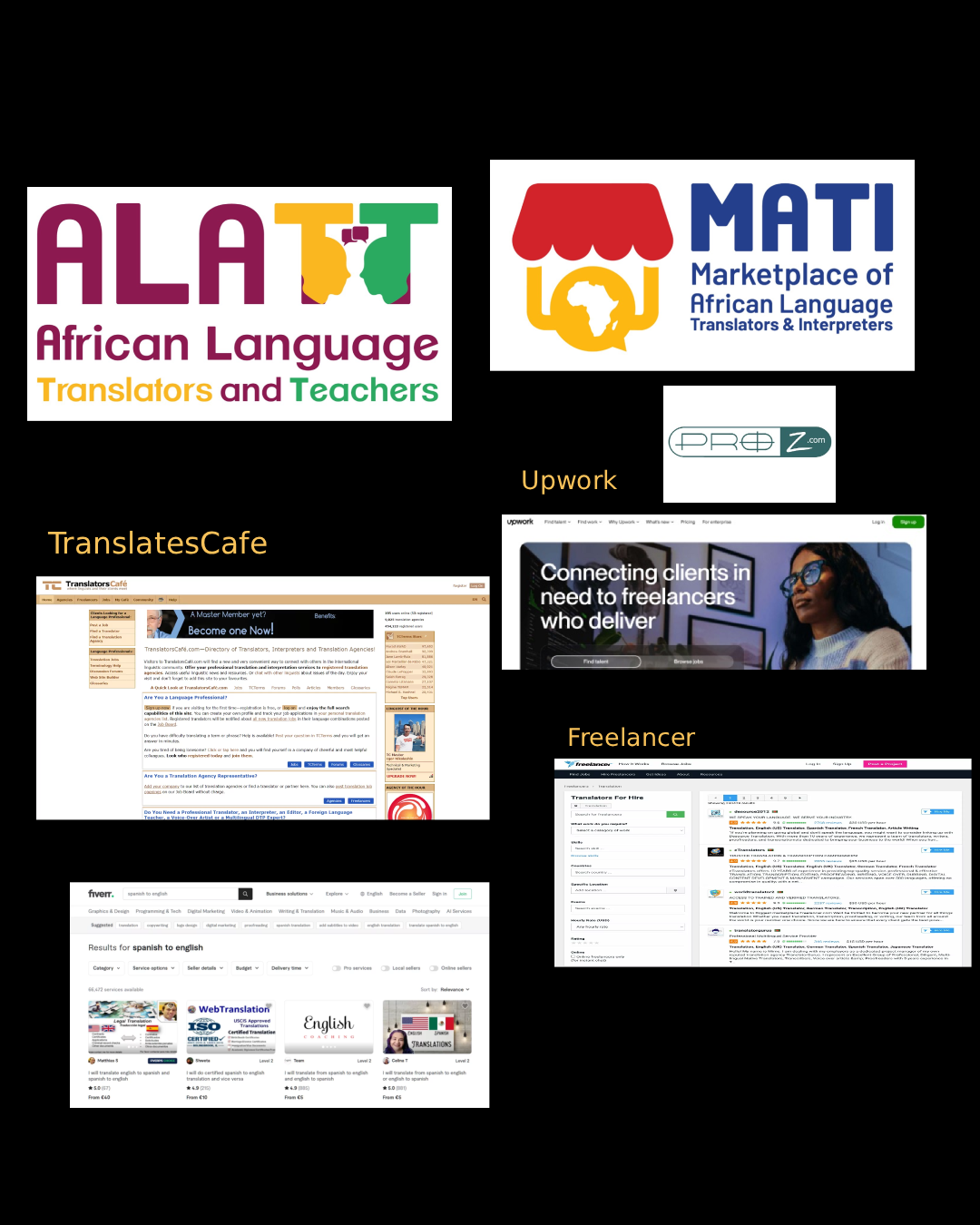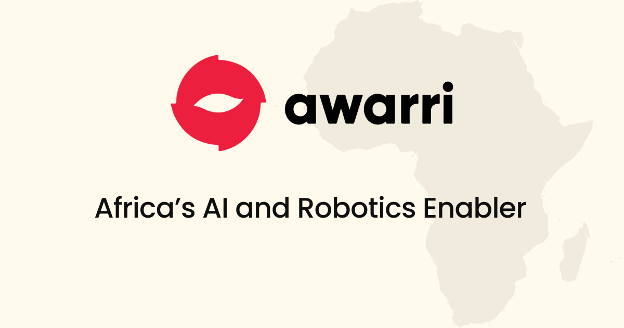Some of us may have come across the acronym VUCA – volatile-uncertain-complex-ambiguous. VUCA is the environment in which we live these days. Being continuously exposed to complex situations and struck by uncertain events like the COVID-19 pandemic. Newton’s third law of motion states; “for every action (force) in nature, there is an equal and opposite reaction.”
In order to survive in this fast-paced volatile environment and keep up with the 21st-century workforce, organizations must therefore develop new approaches, proactive strategies and strategic cost actions rather than reactive and tactical ones. They must be able to exert an equal and opposite reaction to the ever-changing-winner-takes-all environment.
Time, however, plays a major role in developing these proactive strategies within organizations. Here are some key approaches used by successful organizations:

1. Be deliberate about the organization’s purpose
Every organization’s identity is defined by its purpose. Purpose answers the question “Why do we exist?”. It symbolizes the actuality of the organization. Incorporating the purpose at the core of work inspires commitment, guides people through uncertainty and unleashes potential. Organizations need to leverage their purpose in order to better illuminate what they stand for and connect with clients based on their needs. This will go a long way to informing better decisions and choices.
2. Switch from Leadership Hierarchies to Peer Collaboration
The top-down traditional system of leadership seems to be affecting the performance of most organizations. It affects communication and requires a lot of validation protocols in the decision-making process. Employees feel left out and, as a result, are not motivated to efficiently carry out their tasks.
With peer collaboration, on the other hand, there are elevated levels of employee engagement which expands skills, promotes a learning culture and speeds up productivity. Remember, it’s a winner-takes-all environment.
3. Invest consistently in Leadership Development
Transitioning from the top-down traditional approach to collaboration requires a disruptive process. Successful organizations have been able to create and reconstruct teams in order to ensure transparency, accountability, and a free and fast flow of communication. Leaders here are focused, disciplined and resilient. They continue to promote a learning environment where performance is rewarded.

4. Amplify decision-making
Delegating decision-making to all levels of the organization based on activity increases accountability. When employees are conscious of the fact that the organization’s well-being depends on the decisions they make, they become more cautious and time is saved. Successful organizations differentiate urgency from importance.
5. Build a Learning Culture
Most high performing companies have developed a system that promotes and rewards constant learning and innovation. They support employees by providing an environment that facilitates personal growth and development. An organization can only thrive if its employees have a level of expertise in what they do, and this expertise comes from continuous learning. A group is only as strong as its weakest link. Google for example has a ’20 per cent rule’ which encourages employees to spend 20 percent of their time creating and developing ideas for the company. This resulted in the creation of Google Maps, Google News and Gmail.
6. Build solid partnerships
Partnerships built on trust go a long way in increasing organizational value. These values will change over time based on circumstances. Successful organizations understand where their boundaries lie and adopt a flexible rather than fixed system.
Creating strategic partnerships helps develop long-term relationships which are motivated by shared success. Louis Vuitton and BMW are examples of companies that have such a successful partnership. Both companies are in the luxury fashion, business, and travel (cars and luggage) and are famous for their high-quality products. BMW provided the sports car model, and Louis Vuitton designed a set of suitcases and bags that fit into the car’s parcel shelf. Win-win situation.
7. Judicious Talent Acquisition
Talent remains one of the most important resources in an organization. Identifying and retaining these talents contribute greatly to success. Asking these questions has enabled organizations to be the best at what they do:
- What talents do we need?
- How can we attract them?
- How do we effectively manage these talents to achieve our goals?
They equally put in place systems to ensure that these talents are not only acquired, but also retained. Are you finding difficulties in staying competitive? Contact us for consulting or upskilling your team for the next level of your organizational growth and relevance.




